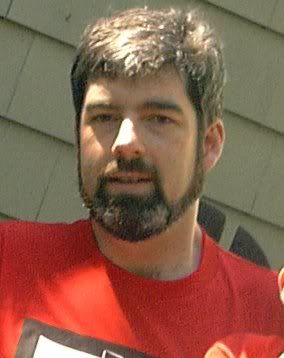
I've discovered an amazing new virtual representation of the world, Virtual Earth, a plugin for Microsoft's local.live.com. I've been using and enjoying local.live.com for a while, but last week when I visited the site it offered to install this plug in . There's a full description on Wikipedia here. All I can say is wow.
They've added detailed buildings to many major cities, and if you are lucky enough to know any of these cities well, you will be amazed at the number of buildings that are modeled. My city is Boston. I spent years there as a student and working, and I was suprised to see it's not just the landmark buildings that are in 3D, but virtually every multi-story building in a very large radius. All of these building models have photographic texture from the actual building (low res, to be sure, but still...). I can't imagine the man-hours necessary for this, or else a program that could automatically create 3D from 2D images.
The images from top to bottom:
- A chunk of Boston. No particular landmark buildings, just an example of "regular" buildings accurately captured.
- A chunk of BU. I got my Master's degree in the large modern brick building off center, above the green pointer. The stepped building in the background is the Hyatt Regency, accross the river.
- St. Paul's Catholic Church, outside of Harvard Square. This is maybe 3 or 4 miles outside of Boston, yet look at the detail in how the building is defined. By the way, the is the church I was married in!
- Where I worked for 5 years, in Cambridge. Some 5 or 6 miles from Boston, but nevertheless accurately rendered.
- Some non-descript commercial buildings in Cambridge. The one in the foreground is where I bought the computer I am working on now.
- and 7. Some of Seattle, just to give you a taste of a different city. Note one of the occasional goofs in picture 7. On the building in the lower right corner, you can see some of the roof texture painted on the side of the building. Since the roof is covered with parked cars, this looks really weird.


Will we ever see the likes of this in Flight Simulator? It seems unlikely they could ever manage this much detail in FS, but who knows? Fifteen years ago, who would have been bold enough to hope for what is in today's FS?









